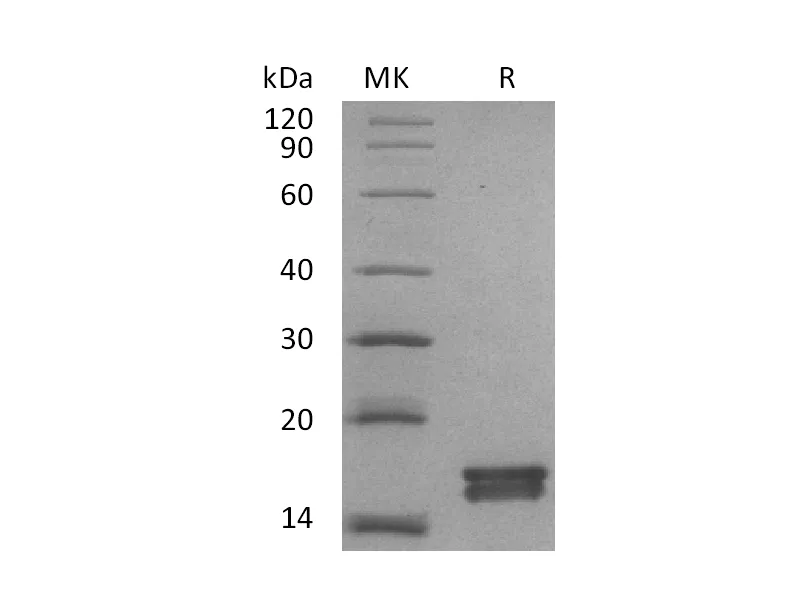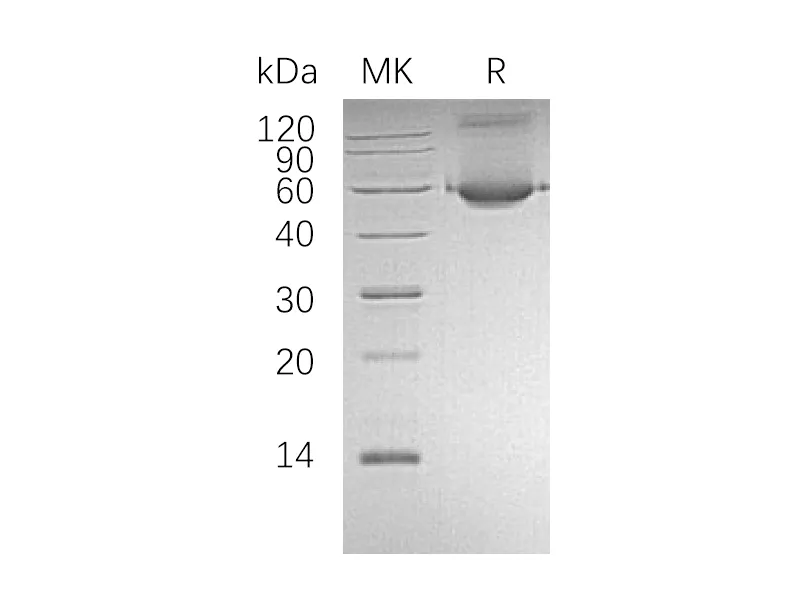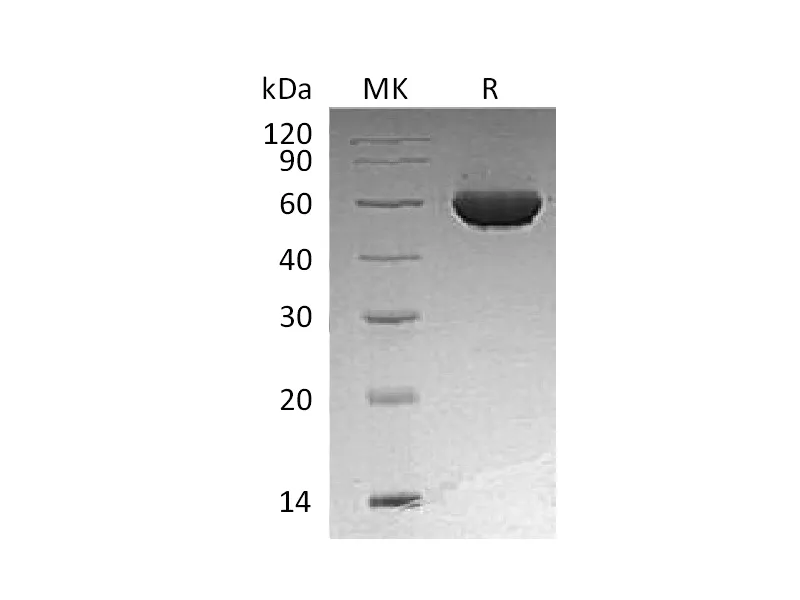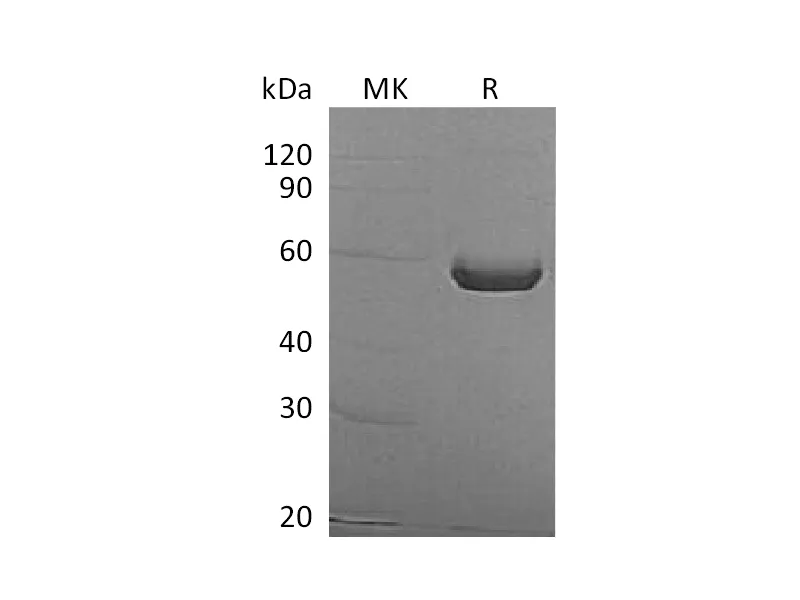Alternative Names
Protein NOV homolog; NovH; CCN family member 3; Nephroblastoma-overexpressed gene protein homolog; Nov
Background
NOV, also called CCN3, is a secreted protein of CCN family members. CCN family members are highly conserved cysteine rich proteins sharing a common modular structure having 4 conserved domains, insulin-like growth factor-binding protein (IGFBP) domain, von Willebrand type C (VWC) domain, thrombospondin-1 (TSP-1) domain, and C-terminal (CT) domain (absent in CCN5). By specific interactions with these domains, CCN proteins modulate multiple signalling pathways including BMPs, Wnt, TGFs, Notch and integrins to regulate cell proliferation, differentiation, adhesion, migration, angiogenesis, and survival. CCN3 is firstly characterized as a promoter of progenitor activity of human hematopoietic stem cells, as knockdown of CCN3 can abrogate the function of primitive progenitors. Recent studies showed that CCN3 is also actively involved in the process of wound healing. CCN3 is highly expressed in granulation tissues of cutaneous wounds and capable of inducing synthetic responses of fibroblasts.
Note
For Research Use Only , Not for Diagnostic Use.




